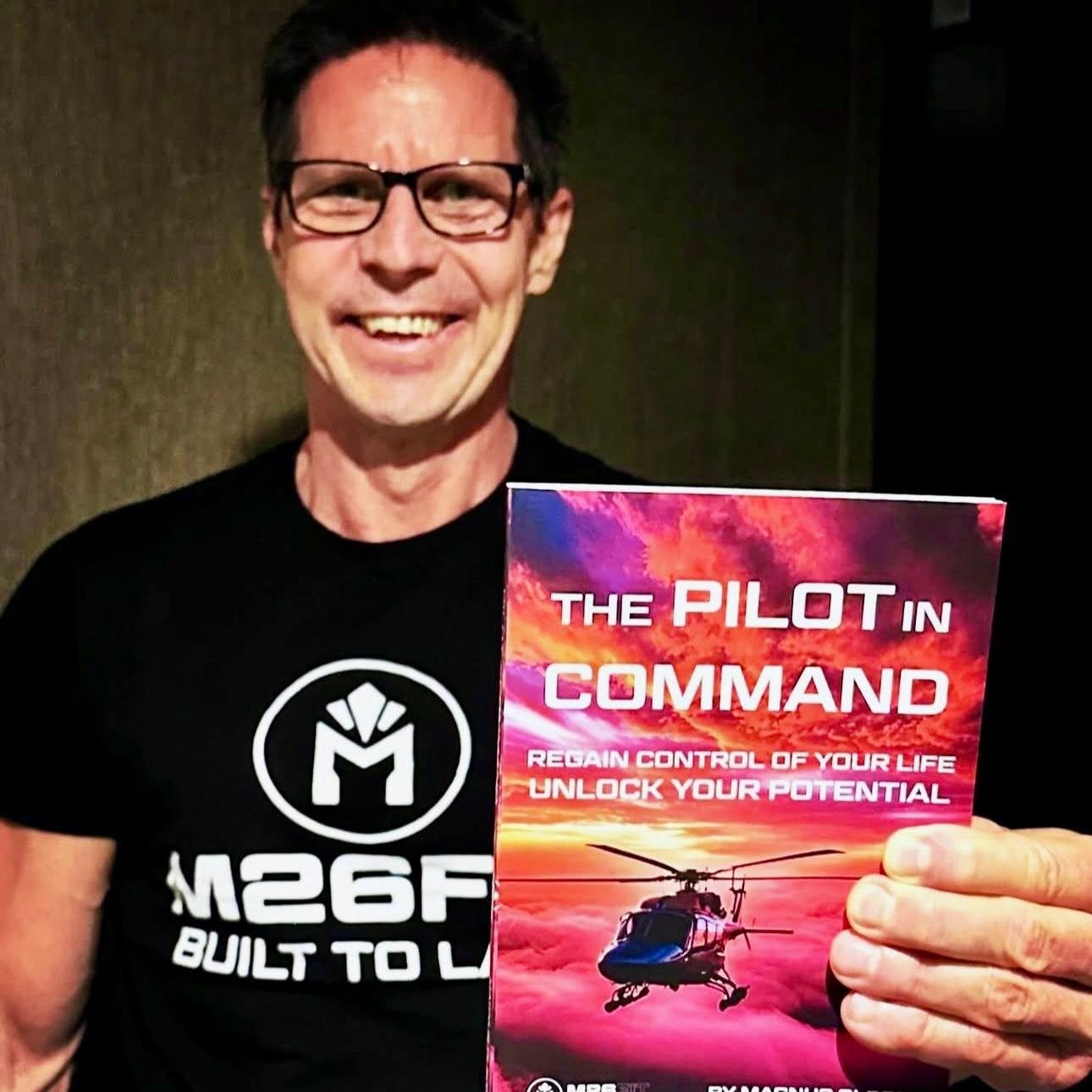


Vygotsky would argue that full development during the "zone of proximal development" (ZPD) depends upon full social interaction. Vygotsky states: "Every function in the child's cultural development appears twice: first, on the social level, and later, on the individual level; first, between people (inter-psychological) and then inside the child (intra-psychological). Vygotsky argues that the range of skill that can be developed with adult guidance or peer collaboration exceeds what can be attained alone. A well designed, critical inquiry should, therefore, provide opportunity for students to work in collaborative groups which help satisfy the adolescent need for Belonging and Acceptance. A teacher’s role in developing supportive learning environments for adolescents is to create socially rich environments which provide learners with opportunities to explore subjects with their teachers and peers.
Such an environment is created using the collaborative learning model where, according to Wankat and Oreovicz, "Research has shown that a cooperative learning environment is conducive to learning higher-order cognitive tasks such as analysis, synthesis, evaluation, and problem solving." (in Smyser, 1999) Collaborative learning is a highly effective method by which to provide "richer, more extended learning outcomes" for students (DeGiglio & Greenslade, 1994:3). Collaborative learning techniques provide opportunities to develop many of the intelligences identified by Gardiner, in particular the areas of interpersonal intelligence.
Collaborative learning is frequently referred to as cooperative learning and yet the two approaches are different in one important but subtle respect. Collaborative learning is a methodology in which interpersonal skills are explicitly taught as part of the total learning experience. An understanding of the concepts of group dynamics and techniques such as conflict resolution are as important a learning outcome as an understanding of a scientific or historical concept. (DeGiglio & Greenslade, 1994). In developing collaborative grouping strategies it is wise to consider the value of allowing students to work sometimes in like-ability groups and at other times in mixed ability groups. Students, especially gifted students, need the opportunity to work with people who think at a similar conceptual level or in a similar way to themselves. Using like ability groups with research tasks of differentiated cognitive levels enables students to experience a safe learning environment more nearly matched to their "zone of proximal development". Where students are grouped by ability and work with a curriculum “adjusted to the aptitude levels of the groups”, the benefits are great. (Kulik in Reis et al, 1992:148)
BY SUE BURVILL-SHAW
REFERENCES
Aditomo, A, Goodyear, P, Bliuc, AM & Ellis, R (2013), ‘Inquiry-based learning in higher education: Principal forms, educational objectives, and disciplinary variations’, Studies in Higher Education, vol. 38, no. 9, pp. 1239–1258, http://dx.doi.org/10.1080/03075079.2011.616584
Abbott-Chapman, Joan & Hughes, Phillip, (October 1991) “What Makes a good Teacher?” Paper Presented to the 21st ATEA
National Conference,
Melbourne.
Australian Curriculum Studies Association (2003) “Middle Schooling Principals”
http://www.acsa.edu.au/projects/middle/index.hm accessed February 24 2005)
Australian Secondary Principals’ Association (1994?) “Middle School Policy” http://www.aspa.asn.au/polmdsch.htm#top
accessed November 22, 2003
Barrat, R (1998) Shaping Middle Schooling in Australia: Report of the National Middle Schooling Project ACSA: Canberra
Beane, J (October 1991) “The Middle School: The Natural Home of Integrated Curriculum” Educational Leadership 49 (2)
Braggett, Eddie (1997) The Middle Years of Schooling Kawker Brownlow: Cheltenham, Vict
Bigelow, B, Harvey, B, Karp, S & Millar L (2002) Rethinking our Classrooms: Teaching for Equity and Justice Rethinking Schools:
Milwaukee, WI
Catholic Education Office (2004) “Pathways for Middle Schooling: Walking the Talk” http://www.bne.catholic.edu.au/pub/reandcurriculum/middle_schooling/middleschoolingpositionpaper.pdf
accessed April 5th, 2005
Caine, R., and G. Caine. (1994). Making Connections: Teaching and the Human Brain. Menlo Park, Calif.: Addison-Wesley.
Cassie, Fiona (2004) “On Task or Off the Planet?” Education Review April 14-20
Cerezo, Nancy (2004) “Problem-Based Learning In The Middle School: A Research Case Study Of The Perceptions Of At-Risk Females” National
Middle Schools Association
at http://www.nmsa.org/ accessed April 5 2005)
Cumming, J (ed) (1998) Extending Reform in the Middle Years of Schooling ACSC: Canberra
Education Queensland (2000) “Queensland State Education 2010” http://education.qld.gov.au/corporate/qse2010/
Queensland Government: Brisbane accessed March 11, 2005
Education Queensland (2004) Middle Phases of Learning State School Action Plan
Erikson, H L (1995) Stirring the Head, Heart and Soul: Redefining Curriculum and Instruction Corwin Press: Thousand Oaks, CA
Gordon, K (1999) Inquiry Approaches in Primary Studies of SOSE KLA http://www.qsa.qld.edu.au/yrs1to10/kla/sose/docs/rp_pri00.doc Queensland
School Curriculum Council: Brisbane accessed June 22, 2005
Hardingham, R (2000) “Reform in the Middle Year” Middle Schooling: An Information Paper prepared for Education Queensland
Queensland University of Technology: Brisbane
Hargreaves, A (1994) Changing Teachers, Changing Times: Teachers’ Work and Culture in the Postmodern Age Cassell: London
Hoepper, B and Land, R (1996) ‘Planning investigations” in R. Gilbert (Ed.), Studying Society and Environment: A Handbook for Teachers.
Macmillan: Melbourne,
Holden, Steve (2004) “Making Schools Better” Professional Educator 3 (4) October
Kamener, Larry (2005) “Creating and Sustaining a performance and Development Culture” EQ Australia Curriculum Corporation: Carlton,
Victoria.
Kemmis, S, Cole, P and Suggett, D (1983) Orientations to Curriculum and Transition to the Socially Critical School, Victorian
Institute of Secondary Education: Melbourne.
McIntyre, Donal (1991) “The Oxford University Model of Teacher Education” South Pacific Journal of Teacher Education 19 (2)
Masters, G. (2016), ‘Five challenges in Australian school education’, Policy Insights, ( 5), Australian Council for Educational
Research (ACER), research.acer.edu.au/policyinsights/5.
Murdoch, K & Hornsby, D (1997) Planning Curriculum Connections: Whole-School Planning for Integrated Curriculum Elanor Curtin:
Armadale, Victoria
MCEETYA [Melbourne Council on Education, Employment, Training and Youth Affairs] (2008), Melbourne declaration on educational goals for
young Australians,
MCEETYA, Carlton South, Vic.
Nayler, J (1999) Inquiry Approaches to Secondary SOSE KLA http://www.qsa.qld.edu.au/yrs1to10/kla/sose/docs/rp_sec00.doc
Queensland School Curriculum Council: Brisbane accessed June 22, 2005
Pinar, William F (Summer, 1992) “Dreamt into existence by others: Curriculum Theory and Reform” Theory into Practice 31 (3)
Queensland Curriculum and Assessment Authority (QCAA), (2015) Year 7 -10 History Australian Curriculum in Queensland, Queensland
Curriculum and Assessment Authority: Brisbane
Queensland Curriculum and Assessment Authority (QCAA), (2019) Senior Ancient History Syllabus, Queensland Curriculum and Assessment
Authority: Brisbane.
Queensland Curriculum and Assessment Authority (QCAA), (2019) Senior modern History Syllabus, Queensland Curriculum and Assessment
Authority: Brisbane
Reis, Sally et al, (1992) Curriculum Compacting Hawker Brownlow: Melbourne
Romanish, Bruce (1991) Empowering Teachers: Restructuring Schools for the Twentieth Century University Press of America: Lantham
Ross, E Wayne, Cornett, Jeffery W & McCutcheon, Gail (1992) Teacher Personal Theorising: Connecting Curriculum Practice, Theory and
Research
SUNY: New York
Seaton, Andrew (2001) “New Wine Demands New Bottles” EQ Australia Spring
Smith, Robert (1993) “Potentials for Empowerment in critical Education Research” Australian Educational Researcher 20 (2)
Smyth, John (Summer 1992) “Teachers’ Work and the Politics of Reflection” American Educational Research Journal 29 (2)
Stenhouse, Lawrence (1975) An Introduction to Curriculum Research and Development Heinemann: London
Tomlinson, Carol Ann (1999) The Differentiated Classroom: Responding to the Needs of All Learners ASCD: Virginia
Tomlinson, Carol Ann (1992) “Gifted Education and the Middle School Movement: Two voices on teaching the Academically Talented” Journal
for the Education of the
Gifted 15 (3) pp 206-238
Van Tassel-Basks, Joyce (1992) “Developing Learner Outcomes for Gifted Students” ERIC Digest #E514 Council for Exceptional Children:
Reston, Va.
Vygotsky, L.S. (1978). Mind in Society. Cambridge, MA: Harvard University Press.
Waring, Felicity & Pat Kiddey (2001) Success For All Curriculum Corporation: Carlton
Wertsch, J. V. (1991) Voices of the mind: A Sociocultural Approach to Mediated Action. Cambridge, MA: Harvard University
Press.
“What Makes Teens Tick?” (2004) Time May 10